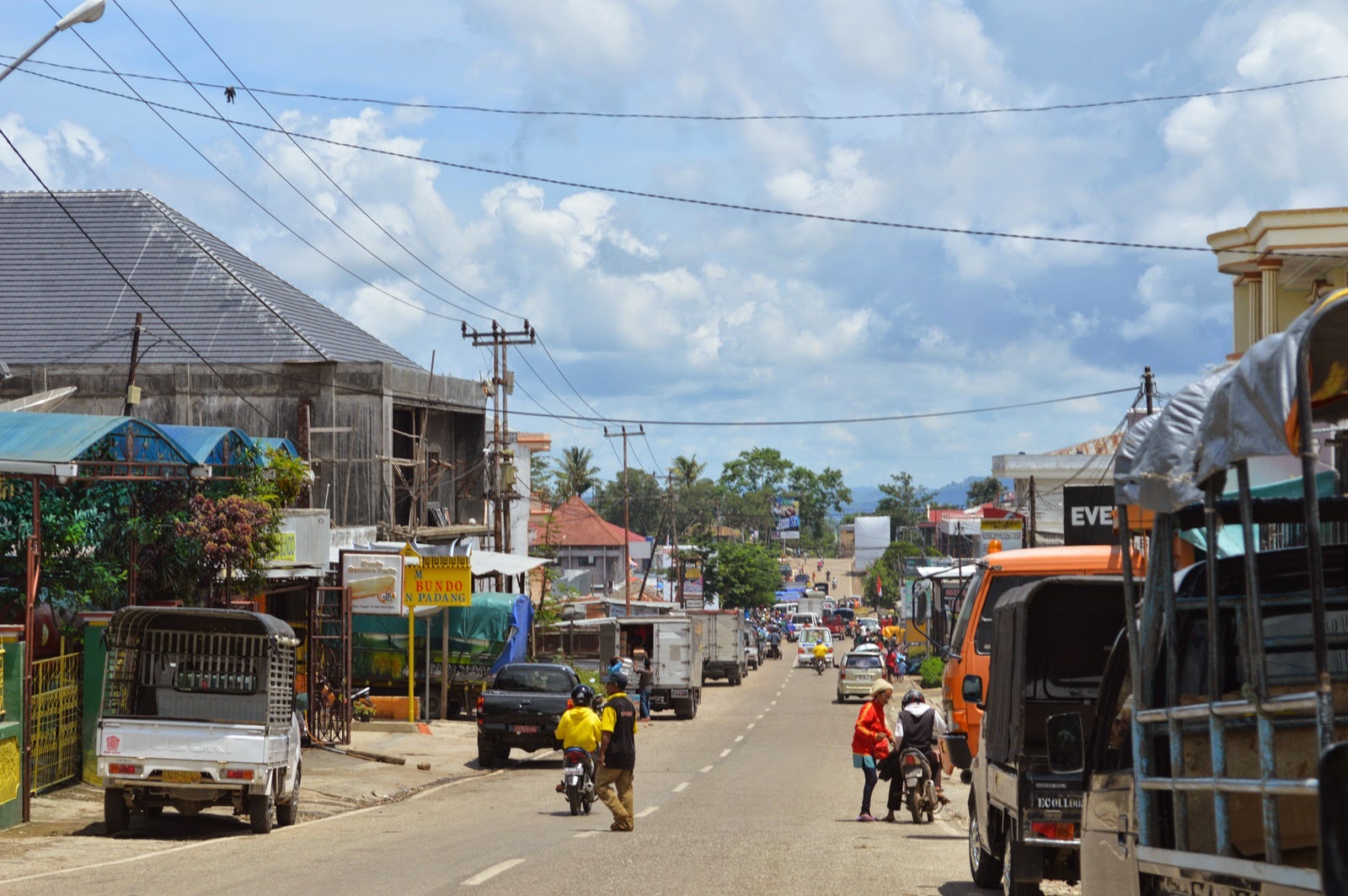Las últimas aventuras en Indonesia trascurrieron mientras atravesábamos west Timor para llegar a Timor Leste.
Durante nuestros últimos de visa, recorrimos esta parte de la isla que nos llevó a descubrir lugares tales como Soe, Kefa y Atambua. En estos pueblos no hicimos otra cosa que disfrutar de los mercados, de la gente y de las que quizás serian las últimas comidas al estilo indonesio.
Hicimos algunos amigos en el camino y saboreamos los paisajes con la amargura de saber que pronto nos iríamos de Indonesia. Unos paisajes dibujados por las etnias que habitan estos confines del planeta, que trazan sus paisajes entre cultivos y casas tradicionales, unos paisajes verdes y hermosos, dibujados por gente con unos rostros curtidos y amigables que regalan sonrisas y dan la bienvenida a los forasteros.
West Timor es un lugar apacible, lleno de hermosos lugares y mejores personas.....¡hasta la vista amigos!.
On our way to West Timor we spend nights i Soe and Atambua and stopped for some time in Kefa. All three of the villages are interesting mostly for their surroundings with traditional villages and beautiful views over the mountains and rice paddies. The locals are not allowed to live in the traditional hutts covered with hay, as there is not enough air circulation. They build new houses, but almost all of them have their traditional houses hidden behind them, so that life continues dovoded between these two. In Soe there is a very interesting market, where the locals sell their produce like traditionally made fabrics.
Po drodze do Timoru Wschodniego zatrzymaliśmy się w trzech miastach: Soe i przygranicznym Atambua na nocleg oraz na kilka godzin w Kefa. Pomiędzy nimi wypełnilismy na oglądaniu przepięknych pejzaży za oknami autobusów, pełnych zielonych łąk i gór. Ciekawa jest architektura regionu. Rząd zakazał co prawda mieszkania w tradycyjnych, pokrytych strzechą chatkach ze względu na brak cyrkulacji powietrza w środku. Mieszkańcy z łatwością obeszli nowe przepisy budując zwykłe domy a za nimi ukrywając te tradycyjne. Na każdym podwórku zobaczyć więc można słomiany dach wystający zza nowego budynku, a życie toczy się na przemian w obydwóch.
Na targowisku w Soe zobaczyć można regionalne, ręcznie tkane materiały, niestety zbyt kosztowne, ale przepiękne.





















































